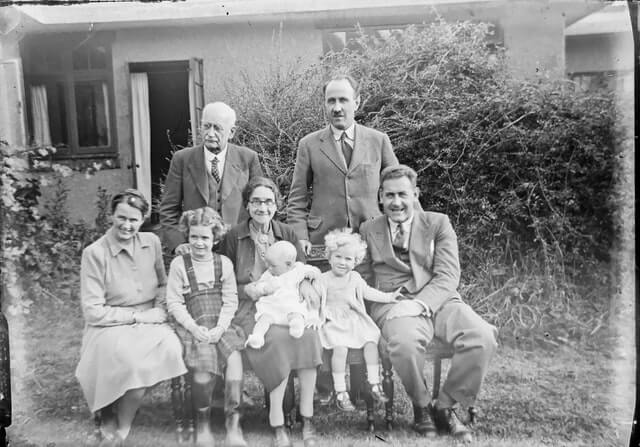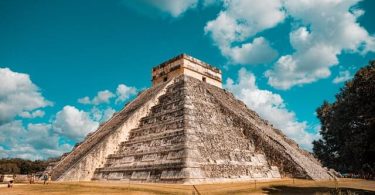Table of Contents
Hispanics are the fastest-growing ethnic group in the United States, and most of them trace their origin in Mexico. As a result, their interest in researching their history has gained pace. Luckily, if you are one of the people with Mexican roots, you stand to benefit from the wealth of tools available physically and online. It makes it easier for you to search your family tree, especially when you combine the records with what is available at FamilySearch centers. Most of the data at FamilySearch include the 1930 census, registration, marriage records, and the Catholic Church records, which offer a significant portion of your Mexican Family tree’s critical sources. However, the sheer volume of information could hamper your Mexican genealogy research, given that one reel holds months of records. Use this guide to conduct swift search through the bounty of documents available.
11 Mexico Genealogy Resources For Your Mexican Ancestry
Identify a Common Name.
In the first stages of tracing your family history and ancestors, you have to know who you are researching and where to find that information. There are plenty of clues to get from a name, but it might be confusing, especially if you are unfamiliar with Spanish traditions. Remember to include baptismal name, especially when checking on the church records, to avoid confusion. Note that accent marks in Spanish do not affect the alphabetization making it possible to encounter extra letters in the alphabet. So if you are an English-only speaker, it would be wise to consult a Spanish genealogist who understands the language and the dotted accent marks. Check all possible variations of the name you are searching, including the maiden names commonly used in the United States border crossings. If your family members migrated to North America it is important to note possible name variations that they could have adopted.
Map your Mexican Genealogy
Locating your ancestors’ historical dwelling place is as important as identifying their name. Information about your Mexican ancestors’ ethnicity and generational stories are important hints that you can use. If you have traceable relatives in Mexico or if your ancestors migrated recently, you can use the 1930 census at FamilySearch to locate their whereabouts on a map. The census was conducted to convey and record land ownership due to the distribution policy’s development. Unfortunately, some of the census records for Mexico City are missing after destruction. Besides, Mexican surnames are similar, and you will need expert intervention to trace your family lines among other Lopezes and Gonzalezes.
Civil Registration Records
The first genealogical resource you should reach for is the civil registration office’s records. The Registro Civil stores the vital information regarding marriage, birth, and death since it was formed in the 19th century. The data would offer clues unless your family left Mexico long ago. You can also combine the data you find from the documents with the parish records, especially in the dates before the restoration of the Mexican republic. The digitization of these details makes it easier to find crucial information on the family history library. For instance, the birth records contain the date and place of birth and the parents’ names. They also include the name of the child and their gender.
Record Collections
If the parish records and the civil registration records do not offer the desired results, there are other resources you can try to trace your family history.
Court Records
The courthouses have been the preferred resource for most genealogists as they handle and store vital records that could help trace your ancestor. Most of the information you can find in courthouses include divorce, death, will, and land records. The records have names and localities of all involved parties and help pinpoint lead in your research.
Military Records
Perusing through the Mexico military records would help you trace crucial details about your ancestors, especially if they served in the army. The military records comprise the Official Military Personnel File (OMPF), which records each service member’s names, age, locality, and activities. The service members are also entitled to pension applied through the pension application file with names of the service members’, beneficiaries and children.
Mexico History
Understanding Mexican history will help you understand major events and disasters in the past. Besides, you will better understand the place where your ancestors lived and the situations they endured in the country. Advanced technology has enabled the digitization of historical events to compile information from data sets accessible by surnames.
Conducting genealogy research involves examining the available millions of family trees. You will also have to plan as you indulge in the research to ensure that you don’t get lost the mid-way or confuse surnames of your Mexican ancestors . The most crucial step is to identify essential Mexican records that are most likely to offer insights into your Mexican ancestry.



